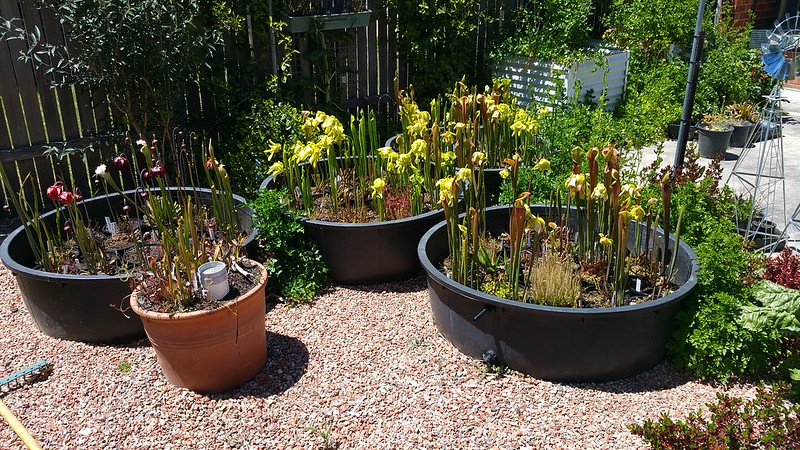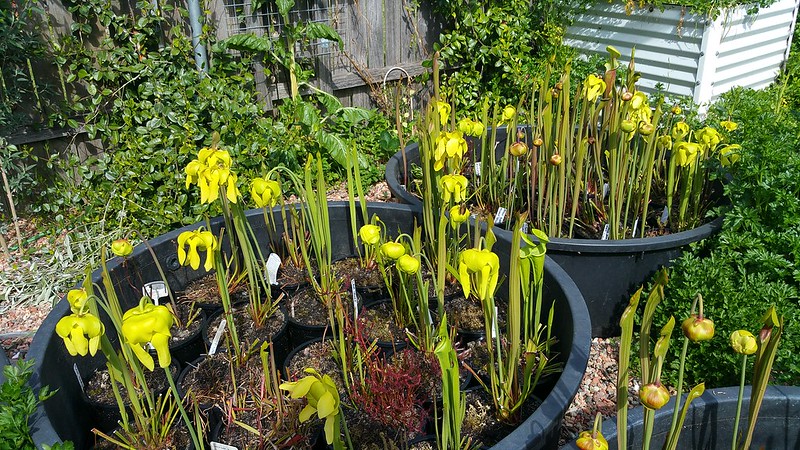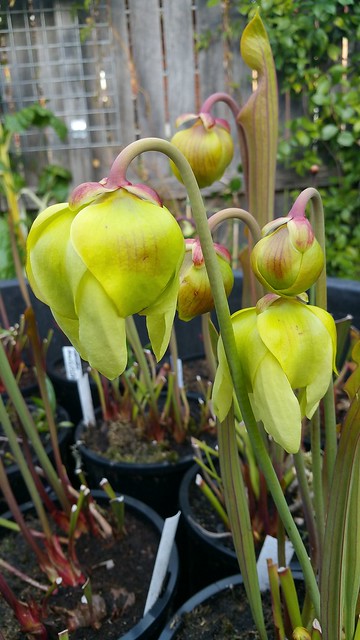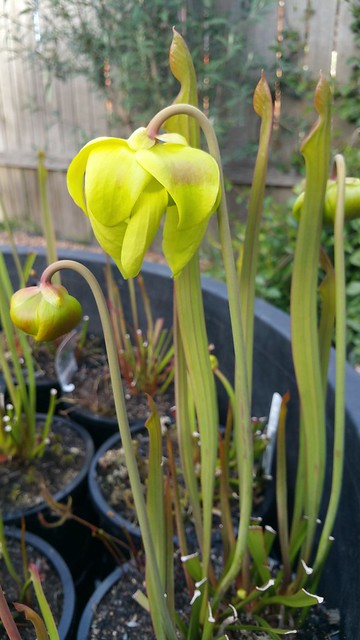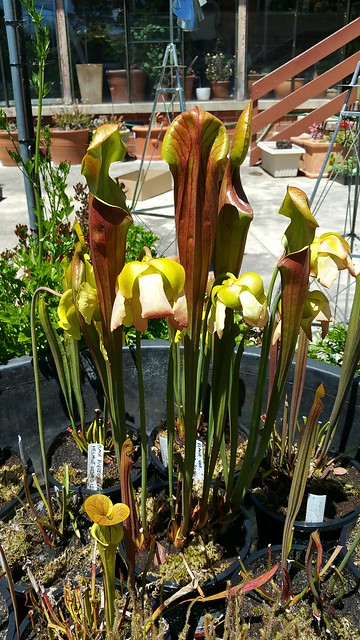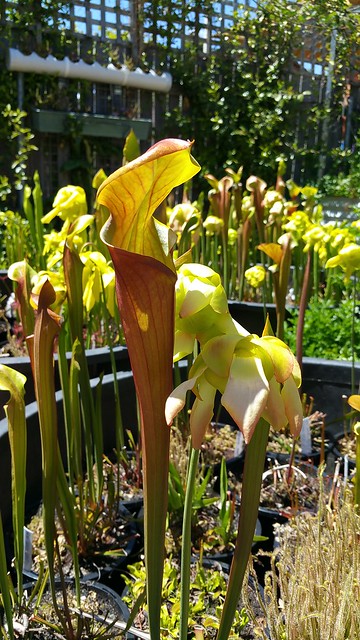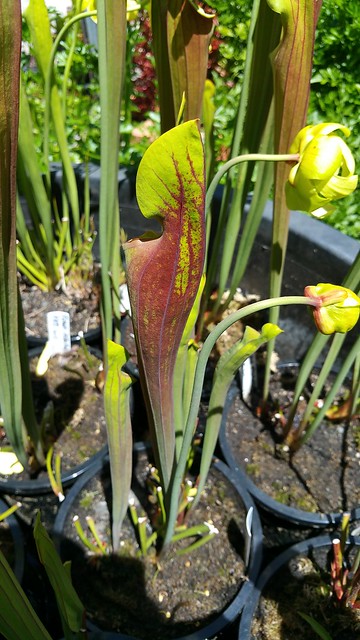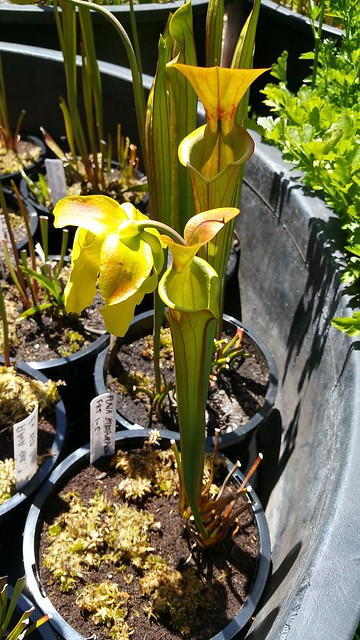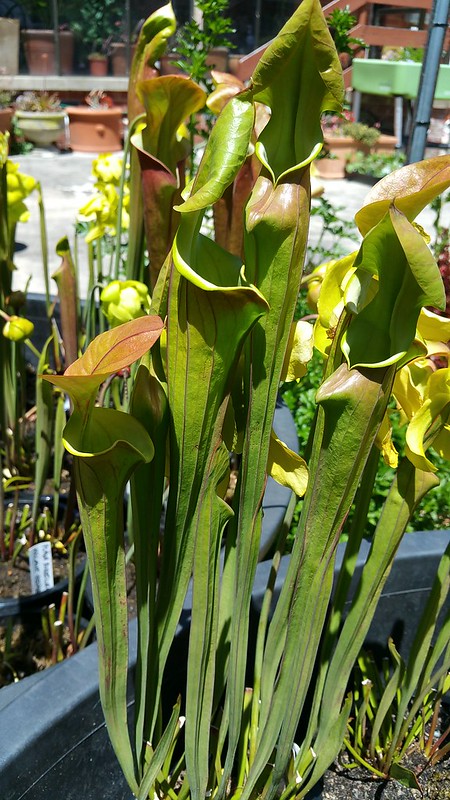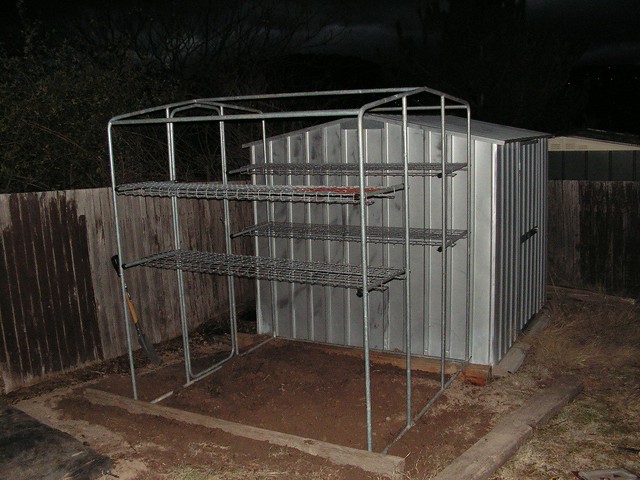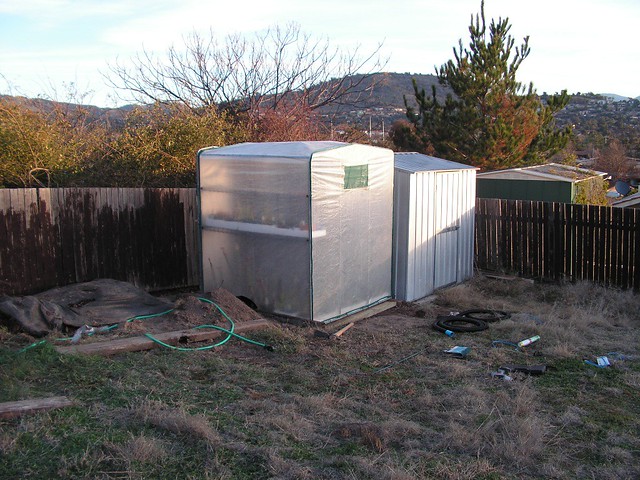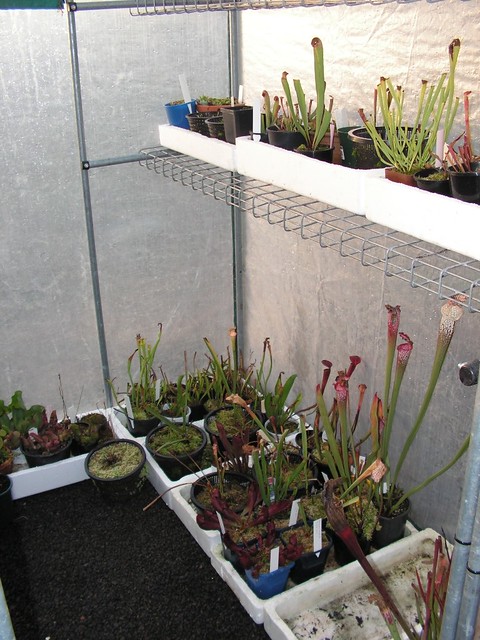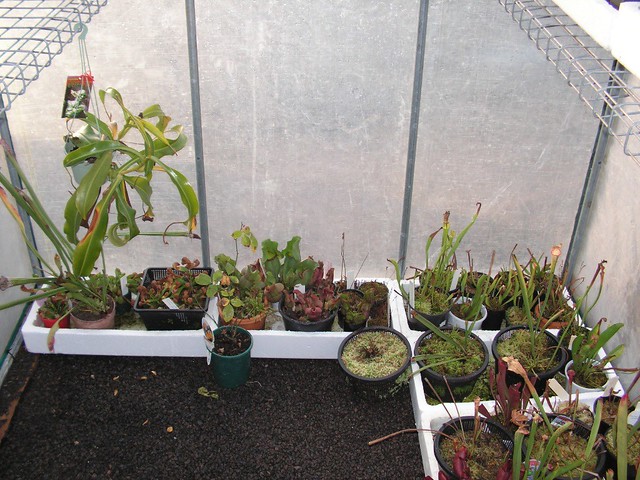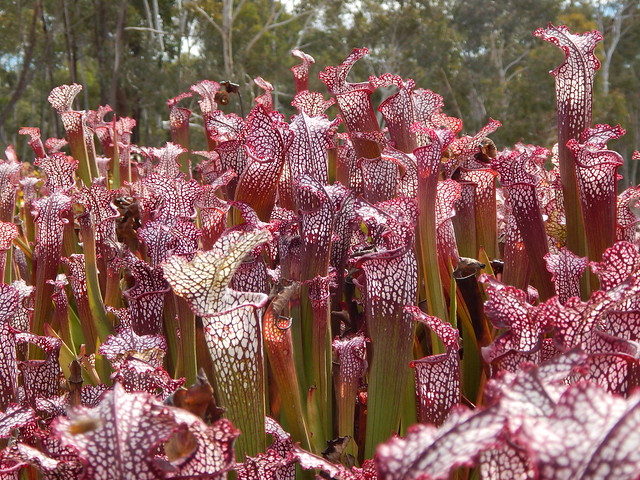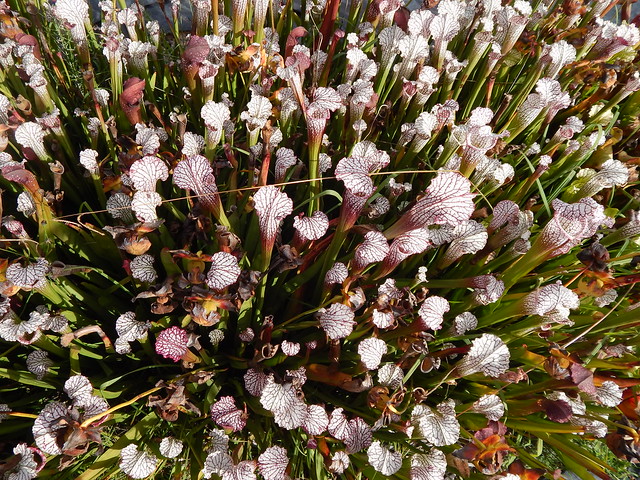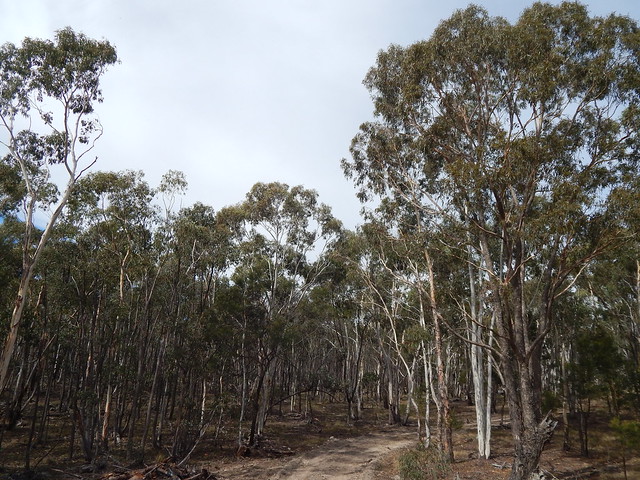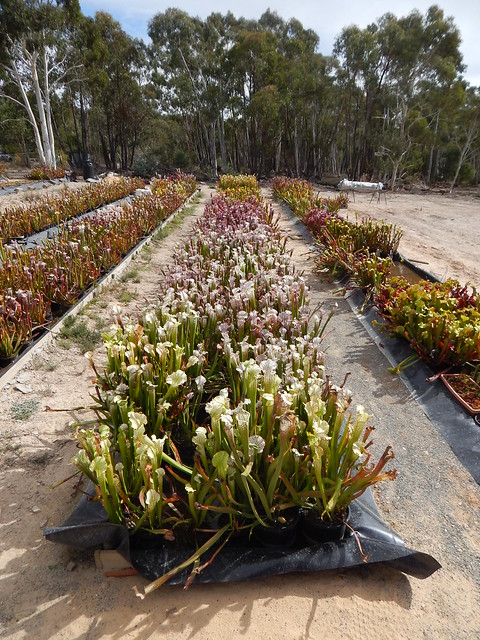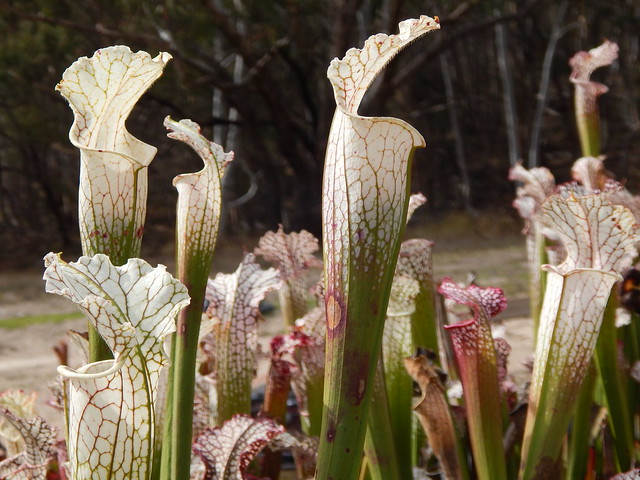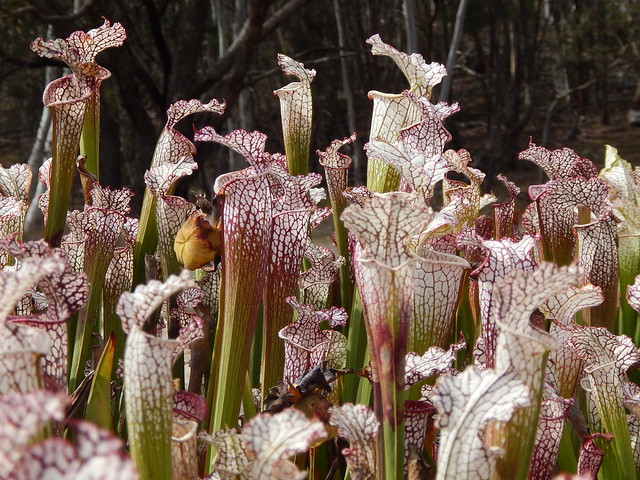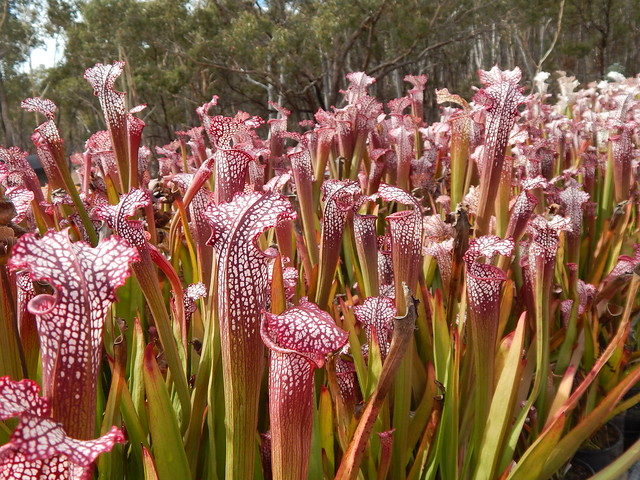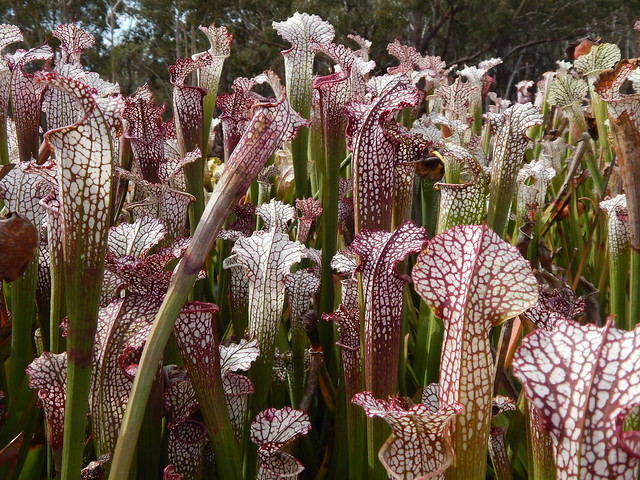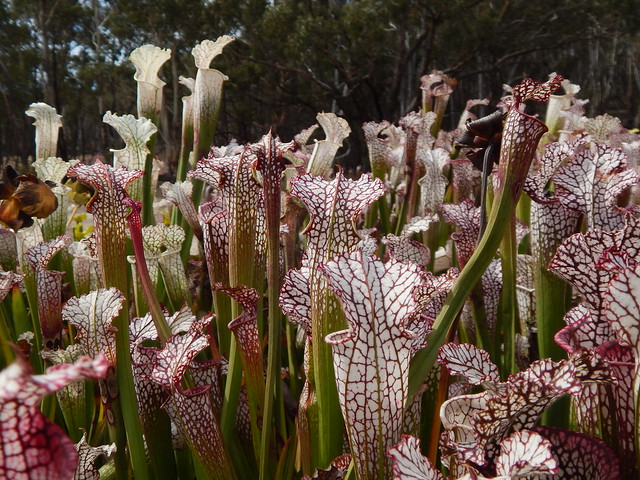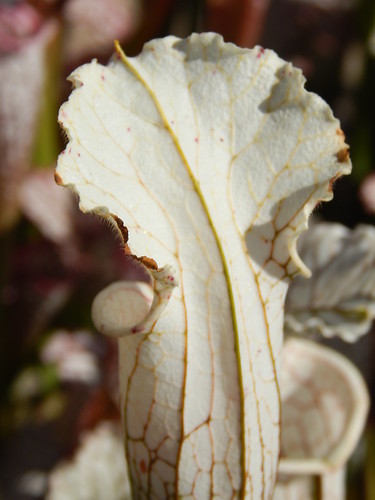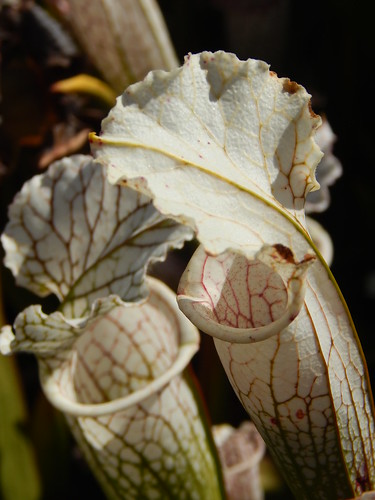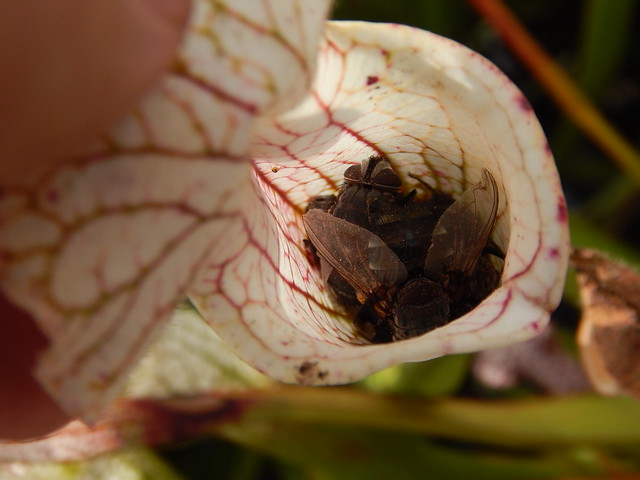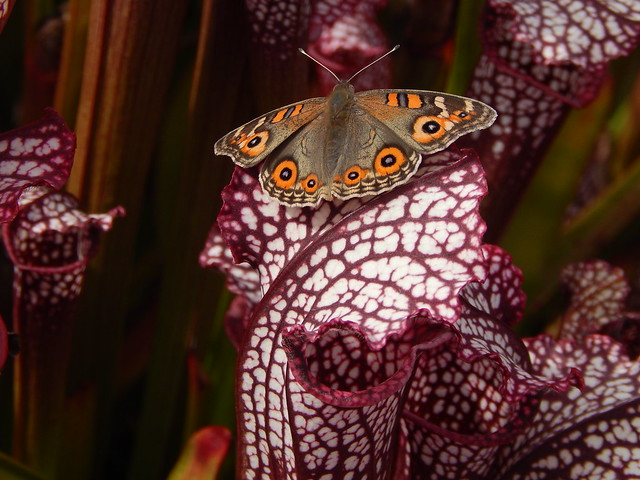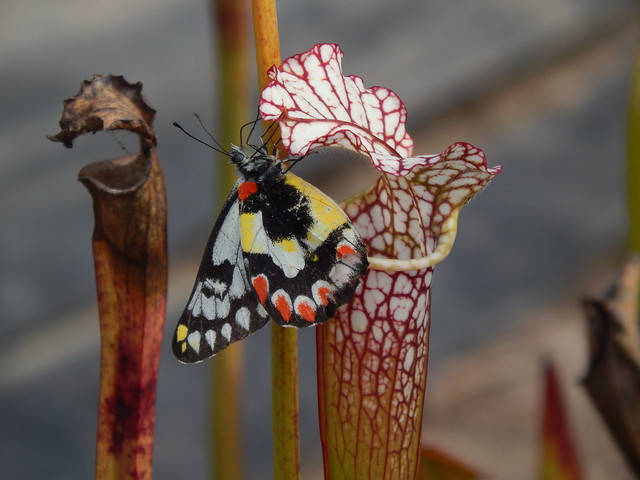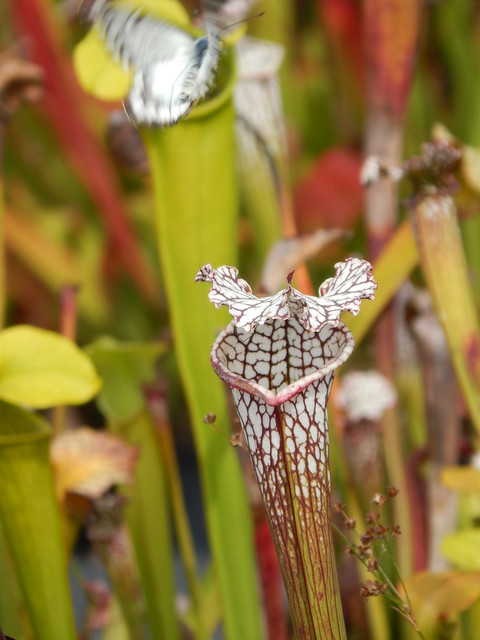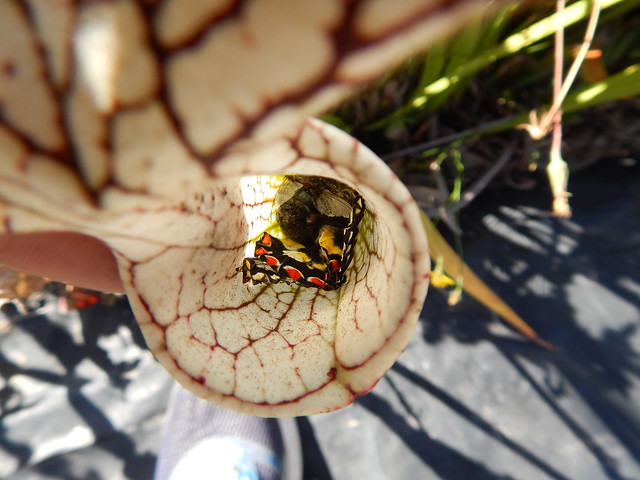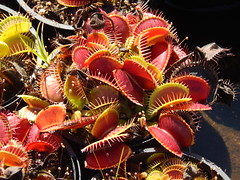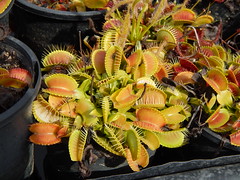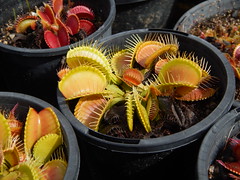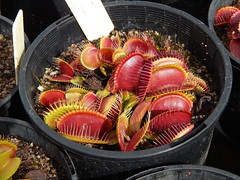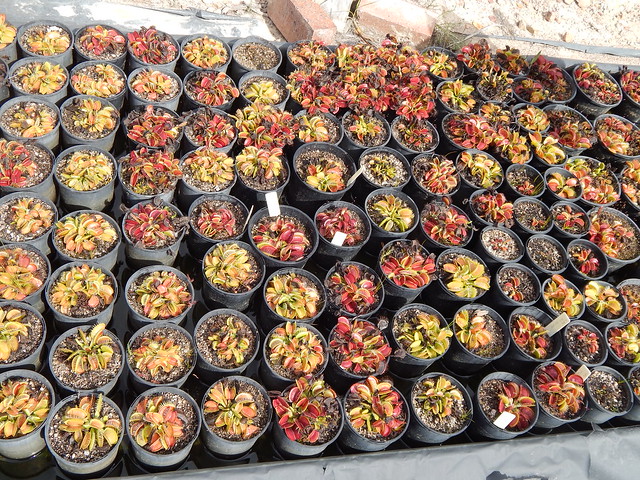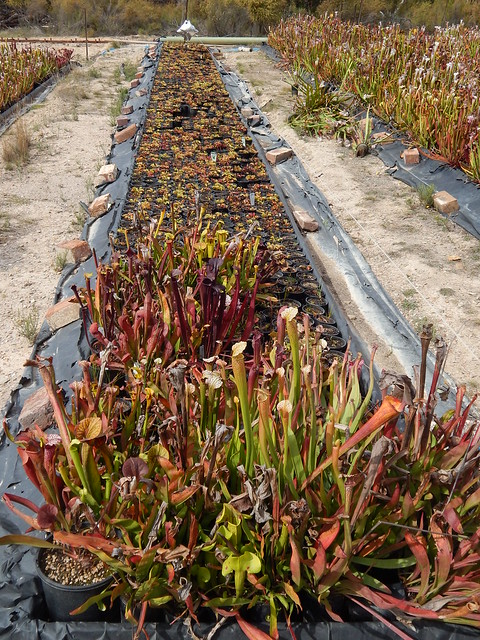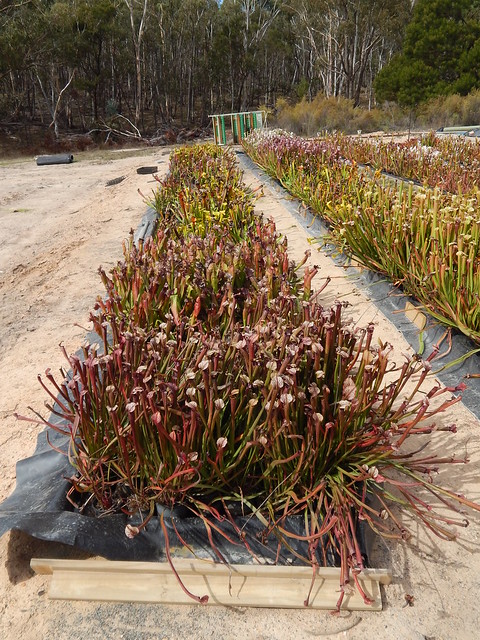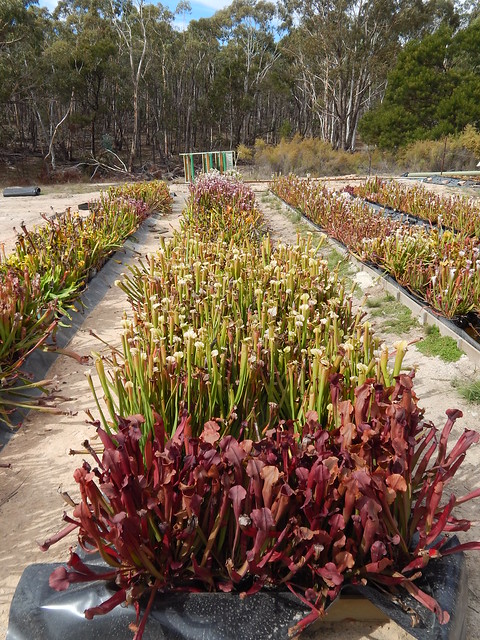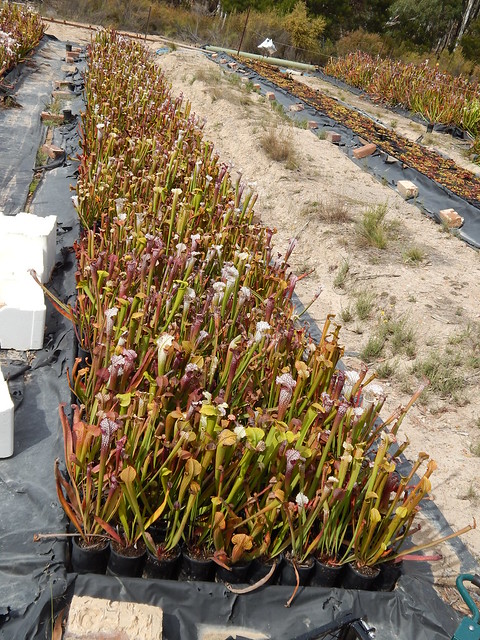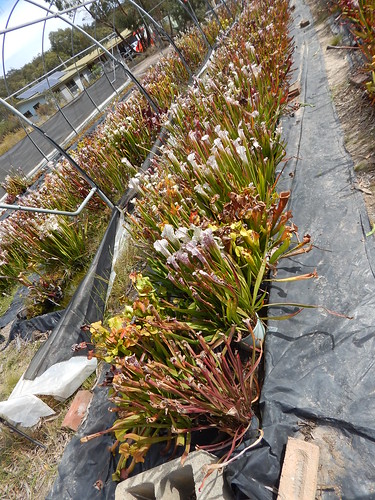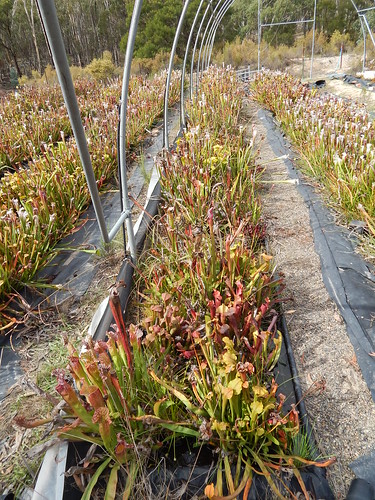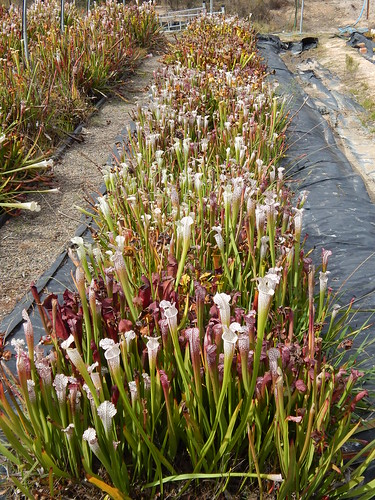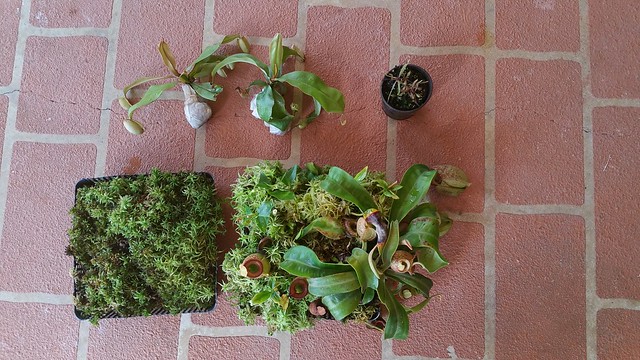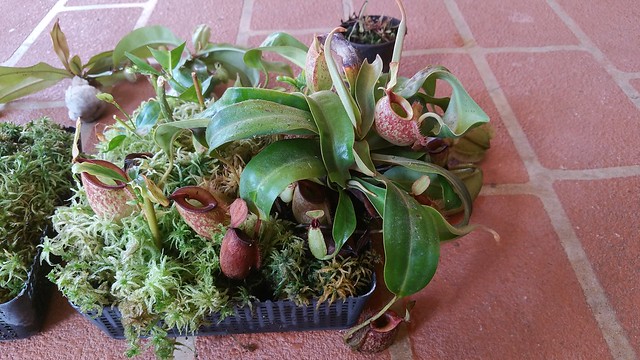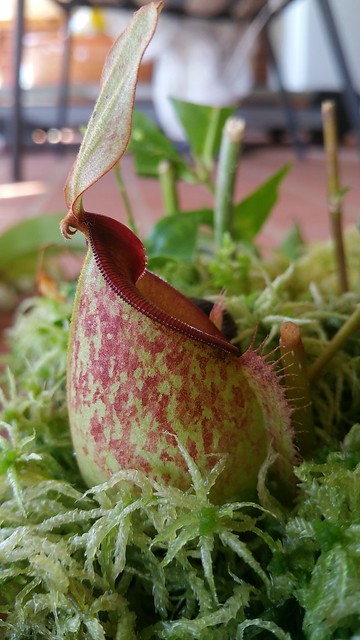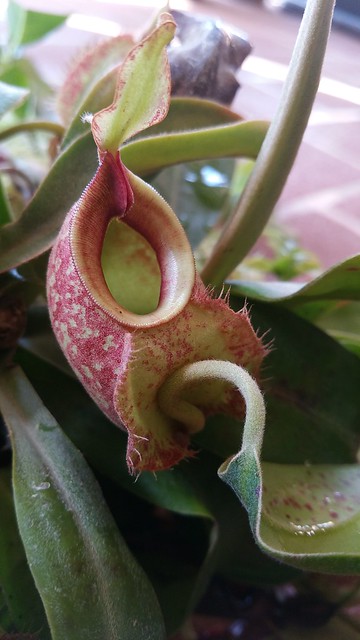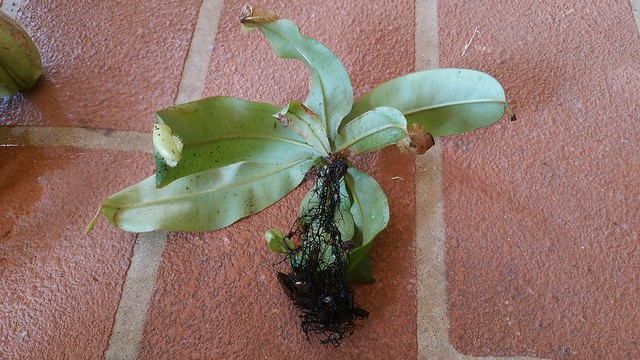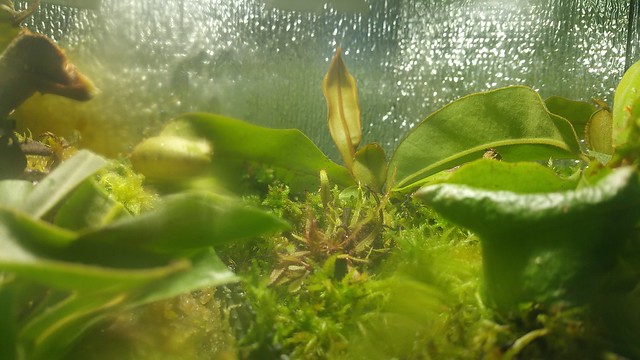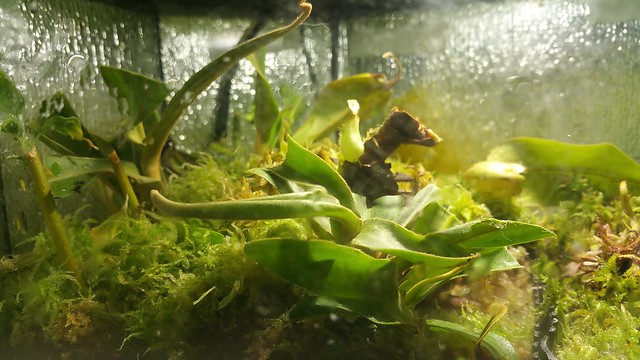This year saw a winter that was not particularly cold by absolute temperature, but felt very cold due to the amount of rain we had here. After being plagued with flu after flu, we thought very seriously about moving house, which presented a major problem – how to move the bog gardens?
After a lot of thought and soul-searching, there was only one thing for it – the bogs had to be pulled apart and the collection put back into pots. This is a task I would not wish on anyone – it was like destroying a wild Sarracenia bog with Sphagnum moss billowing everywhere – horrible. A lot of frosty nights, frozen hands and ears, foggy breath in the cold air and gritted teeth later, and it was done.
A major problem with bogs is that when the Sarracenia do well, they really do well – to the point of growing away from the markers you used to identify what was what and even growing through each other. This made it hard to identify a lot of what I had. I ended up keeping everything from the red flava garden, and picked out what I could from the rest of the gardens. The rest went to a local Sarracenia grower. I also saved as much Sphagnum as I could and re-seeded it through the pots, as it looks magnificent when it billows everywhere.
Despite being repotted, the plants haven’t done as badly as I thought, but are not a patch on last year. A lot about Sarracenia growing is breathing a sigh and thinking/hoping: next year they will do better!
Here’s some flowers from assorted S. flava. As luck would have it, I was away in Darwin – ironically, where I had the opportunity to catch up with fellow/former Sarracenia grower David Martin and his lovely wife Felicity for dinner one evening - during the peak of this species’ flowering. David and Felicity – it was so wonderful being able to catch up with you again after too many years!
On the topic of David and Felicity, here’s one of their finest plants and my all time fave, S. flava “FRT 1-1” arriving for another year, albeit with sulky pitchers. The pink-tipped flowers is an anomaly, David assures me it was obtained from selfing the plant below left…
…Sarracenia flava var. rubricorpora “FRT 1”. This plant is an unremarkable var. rubricorpora that I understand originated from seed imported by a South Australian CP supplier, Fred Howell, during the 1980s. To its right is another of “FRT 1”s progeny and a sibling to “FRT 1-1”, “FRT 1-5”, which behaves like either a var. atropurpurea or var. cuprea depending on the season.
And to finish up for now, another of David’s plants, S. flava var cuprea “F1”. This plant was also imported by Fred Howell as seed – this time during the 1970s – and was David’s first ever Sarracenia. It is a very strong grower and fills in with colour nicely as the season progresses.
A cultivation makeover also called for a makeover of the blog to make it more manageable – I hope you like its new look!
That’s it for now. These photos were taken a week ago, so more are due, with the leucophylla now flowering and the pitchers filling in with colour. Stay tuned for more…
JN.
